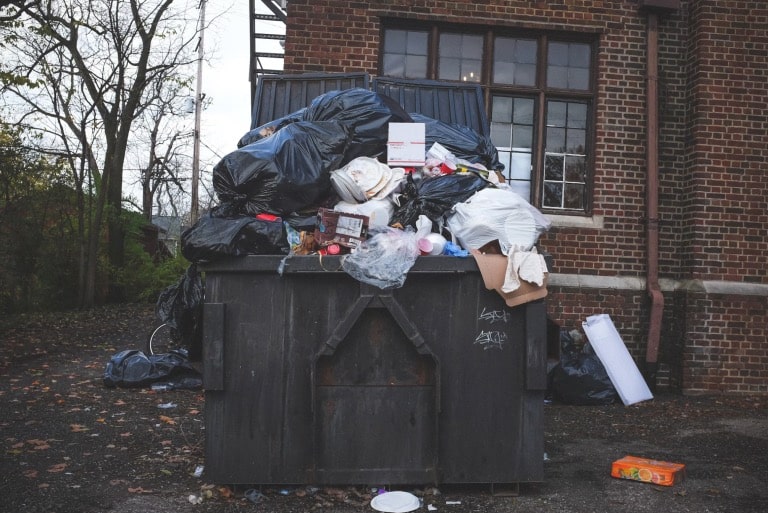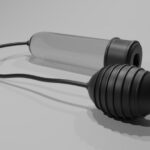A fresh and inviting home environment is essential for comfort and well-being. But this peace can be easily disturbed by offensive smells. Identifying the sources of these smells is the first step in restoring your home’s freshness.
Study Finds notes that 69% of people are concerned about their homes smelling bad to others. This concern seems to drive many to go to great lengths to ensure their spaces have a pleasant scent. About 70% of respondents are willing to do whatever it takes to make their homes smell inviting.
Fortunately, understanding the sources of these smells and applying effective remedies can help you maintain a clean and pleasant living space. In this article, we’ll explore the top offenders of home odors and provide practical solutions for eliminating them.
How to Manage Pet Odors?
Forbes states that 66% of households in the U.S. have a pet which is about 86.9 million homes. There are 65.1 million households that own dogs, making them the most common pet option among these pet owners. Cats come in second, with 46.5 million households having a feline friend.
Pets bring joy and companionship, but they can also contribute to unpleasant smells in your home. One significant issue is pet feces, which can cause persistent and offensive odors if not promptly cleaned. To manage this, establish a routine for cleaning your pet’s litter box or designated bathroom area.
According to Scoop Soldiers, you can also get in touch with pet waste removal services to ensure that your pet’s area is consistently clean. These services can help manage your pet’s waste with scheduled visits and thorough cleanings, ensuring your yard and homestay are odor-free. By handling the dirty work, they allow you to focus on enjoying your furry friends without the stress of constant cleanup.
Most pet waste removal services also make use of pet waste deodorization products. These products neutralize odors at the source, leaving your outdoor spaces and pet areas smelling fresh.
Dealing With Mold and Mildew
In addition to creating musty smells, mold and mildew can be harmful to health. They typically flourish in dark, wet spaces like restrooms, basements, and the vicinity of leaky pipes. Finding and repairing the source of moisture, such as leaks or inadequate ventilation, is the first step in treating mold problems.
According to U.S. News, a 2022 report estimates that nearly 47% of all homes in America have some level of mold or dampness. As a microscopic fungus, mold is practically everywhere—found in soil, the air we breathe, the food we eat, and inside our homes. It spreads by releasing spores into the air, which can easily travel through an open window and circulate through your air conditioning.
Clean affected areas with a mixture of water and vinegar or a commercial mold cleaner, and ensure the space is thoroughly dried. Using a dehumidifier and improving ventilation can help prevent future mold growth. Regularly inspect areas prone to dampness to keep your home free of moldy smells.
Eliminate Odors from Garbage and Trash Cans
As per Statista, waste generation has skyrocketed worldwide in recent decades, and it doesn’t seem to be slowing down anytime soon. Global production of municipal solid waste (MSW) exceeds two billion metric tons annually. Additionally, this number is projected to increase by almost 70% by 2050.
Garbage and trash cans are often overlooked sources of unpleasant odors in the home. Food scraps, spoiled items, and general waste can quickly create a foul smell if not properly managed. To prevent these odors, start by using trash bags that seal tightly and replace them regularly.
For kitchen trash, consider taking out the garbage daily, especially during warmer months when decomposition accelerates. Clean your trash cans with a mixture of water, vinegar, and baking soda to eliminate lingering smells.
FAQs
How Do You Get Rid of Pet Poop?
Pet waste may be removed by using a pooper scooper or a bag, then throwing it in the garbage. When cleaning up after an accident indoors, use an enzyme cleanser to get rid of any stains and smells. Regularly clean litter boxes or outdoor areas to maintain freshness.
How Do You Tell If Mold Is Making You Sick?
Sneezing, coughing, itching, and skin irritation are signs that mold is making you sick. Breathlessness or breathing problems are examples of more severe responses. If these symptoms worsen in moldy areas or improve when you leave, mold may be the culprit.
How Do You Get Rid of the Bad Smell of Trash?
To get rid of bad trash smells, start by taking out the garbage regularly and using tightly sealed bags. Clean your trash cans with a mix of water, vinegar, and baking soda to neutralize odors. To eliminate any residual odors, you can add scatter baking soda around the can’s bottom.
The scent of a house has a big impact on its atmosphere and well-being. To combat unpleasant odors, addressing their root causes is crucial. From diligent pet care and moisture control to proper waste management, proactive measures are essential.
Recognizing the link between cleanliness and health underscores the importance of odor elimination. Through the application of these methods, homeowners can improve the quality of their living space by creating a new and welcoming environment.








